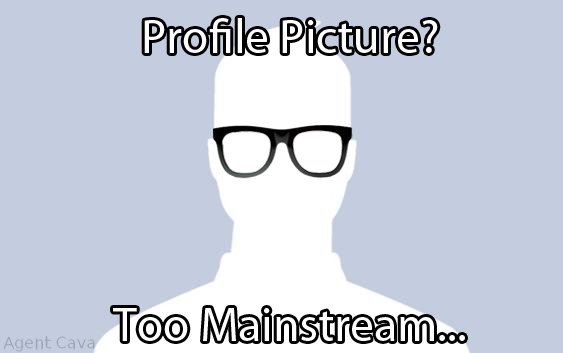For the video assignment portion of the marketing plan project, we chose to create a humorous and fictional story of how Lululemon was started by a young COMM 296 student. Each scene has our main character “Bob” talking to various people about his start-up idea. The different scenes each highlight one aspect of the marketing mix (price, product, place, promotion), and in the end the actual founder of Lululemon, Chip Wilson, steals his idea and starts the company.
In the video I play two characters: a mentor to Bob, and Kevin O’leary from Dragon’s Den. As the mentor I give Bob some key advice about his pricing strategy and end the scene by throwing a lemon at him. In the Dragon’s Den scene, Bob talks about his Lululemon products to four investors hoping that they invest in his company. As Kevin, I have an impatient and condescending personality and make a low ball offer to acquire Lululemon.
Before this project, I had never done any sort of video so I found this to be a great learning experience. Some key skills I was exposed to included writing scripts, filming techniques, acting skills, and video editing. Mark Smith was very knowledgeable about all of the above and offered to teach us the basics while we were filming and editing.
I preferred this type of project much more than a presentation because of the new skills it exposed me to. Additionally, it is a less stressful way to present information, and I think it achieves similar results in terms of learning potential. Furthermore, the video project stimulated our creativity and brought us closer as a team. In terms of analyzing the marketing mix of Lululemon, I think the video allowed us to present the information in a creative manner, which truly enriched the learning aspect of the project.



